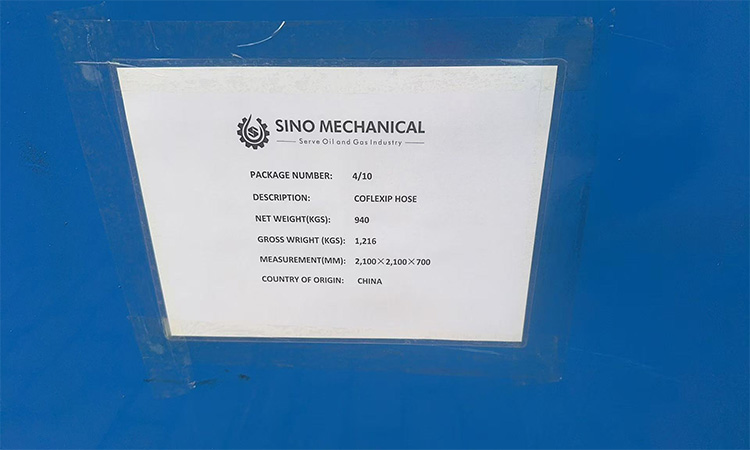Sino Mechanical's blowout preventer control systems and accessories for American customers are ready for shipment
Sino Mechanical's blowout preventer control systems and accessories supplied to US customers have completed inspection and testing and are ready for shipment.
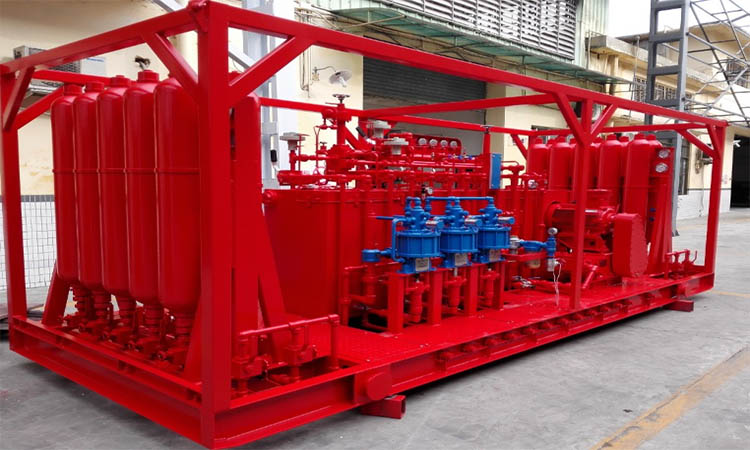
The BOP Remote Control System is a key safety equipment in oil drilling operations. It is used to remotely control the opening or closing of the Blowout Preventer (BOP) in emergency situations to prevent blowout accidents.
The following are the key points of the system:
1. Composition of BOP Remote Control System
Primary Control Panel
Located in the driller's room or control room, it provides a visual operation interface and monitors the BOP status (pressure, valve position, etc.) in real time. In addition to the primary control panel, remote control panels are usually located in key locations, such as the drilling platform or the driller's cabin. These panels provide redundancy and ensure that the blowout preventer can be activated from multiple locations.
Remote Control Unit
Sends instructions through hydraulic, electric or electric-hydraulic hybrid methods to ensure that the BOP can still be operated after the platform is evacuated in an emergency. In addition to the primary control panel, remote control panels are usually located in key locations, such as the drilling platform or the driller's cabin. These panels provide redundancy and ensure that the blowout preventer can be activated from multiple locations.
Accumulator Banks
Stores high-pressure hydraulic fluid, which is essential for providing the power required to quickly and effectively operate the BOP gates and other components. Provides power to the BOP (even if the main power fails, it can be operated through the backup accumulator).
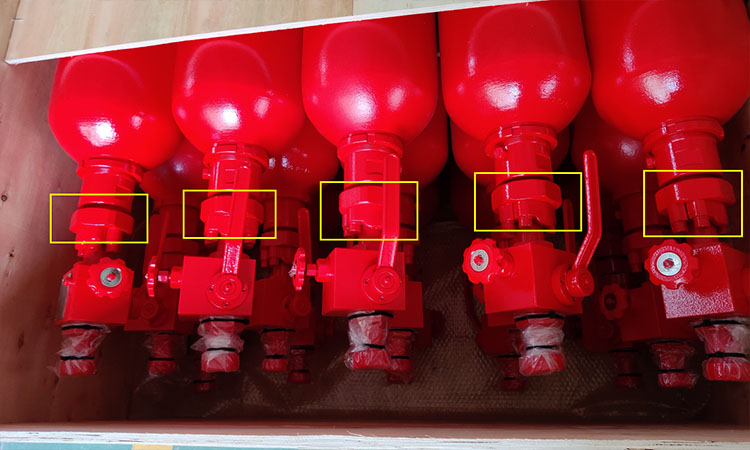
Hydraulic Lines/Cables
Connects the control system to the BOP group, transmitting control signals and power. The hydraulic control manifold distributes hydraulic fluid to the BOP components. It includes a series of valves and regulators to ensure the correct pressure and flow of hydraulic fluid to effectively operate the BOP.
Secondary/Deadman System
Automatic trigger mechanism (such as the "Deadman" system) automatically shuts down the BOP when personnel are evacuated and the main system fails.
2. Control Methods of BOP Remote Control System
Hydraulic Control
The traditional method relies on hydraulic pipelines to transmit pressure, with a slow response speed and is suitable for shallow wells.
Electro-Hydraulic Control
Electrical signal transmission + hydraulic execution, fast response, suitable for deepwater drilling (such as subsea BOP).
All-Electric Control
Emerging technology that relies entirely on electricity to reduce the complexity of the hydraulic system and improve reliability.
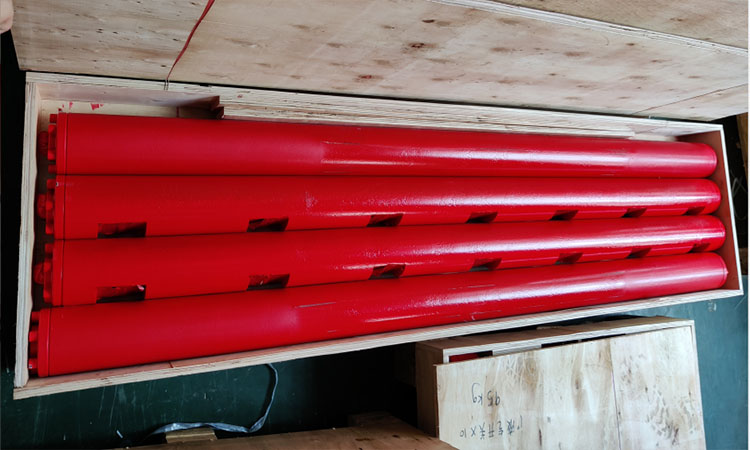
How BOP Control Systems Work?
-Hydraulic Drive
BOPs are typically hydraulically driven. The control system delivers hydraulic fluid from the accumulator unit to the BOP gate and annular BOP through the hydraulic control manifold. These hydraulic components then move to seal the wellbore and prevent fluid from escaping.
-Manual and Automatic Control
BOP control systems can be operated manually by drillers or automatically through pre-programmed systems. Manual control involves operators using a control panel to control BOP functions, while automatic control relies on sensors and programmable logic controllers (PLCs) to detect abnormal conditions and trigger the BOP.
Maintenance and Testing of BOP Control Systems
-Regular Maintenance
Regular maintenance is essential to ensure the functionality and reliability of the BOP control system. This includes inspecting and repairing hydraulic components, checking for leaks, and testing the accumulator unit. Regular maintenance helps identify potential problems before they become serious, ensuring that the system can always operate normally.
- Routine testing
Routine testing of the BOP control system is mandatory by industry regulations and standards. These tests simulate emergency situations to verify that the BOP can be started quickly and effectively. The tests include functional tests and pressure tests. Functional tests ensure that each component is working properly, and pressure tests verify that the system can withstand the required working pressure.
3. Application of BOP Remote Control System
Land drilling: mostly hydraulic or electro-hydraulic control, with lower environmental risks.
Offshore drilling (especially deep water): redundant design and rapid response are required, such as the seabed BOP is connected to the platform through a subsea control module (SCM).
High-pressure/high-temperature wells: the system pressure resistance and sealing performance need to be enhanced.
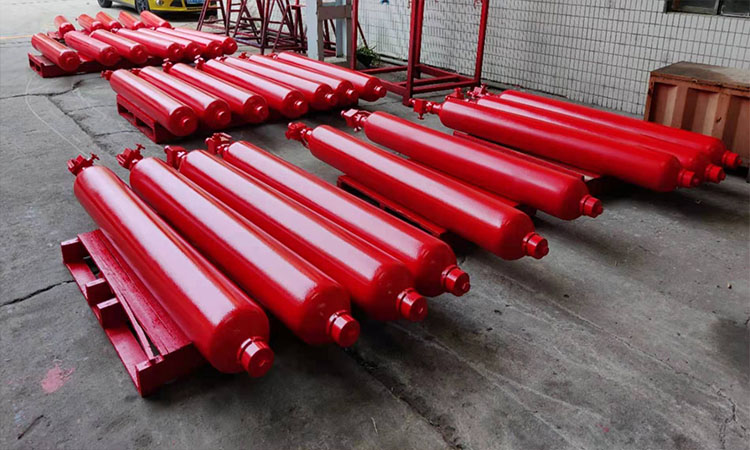
4. Safety standards and regulations
API 16D: BOP control system design specifications.
ISO 10418/API RP 14C: Offshore platform safety system requirements.
Failure mode analysis (FMEA): Reliability must be ensured through redundant design (dual control lines, backup power supply, etc.).
5. Common faults and maintenance
Hydraulic leakage: Check the pipeline sealing regularly.
Signal delay: Electro-hydraulic signal transmission needs to be optimized in deepwater operations.
Insufficient accumulator pressure: Pre-fill with nitrogen and test regularly.
Automated test: Regular self-checking through the PLC system ensures that all valves and sensors are in normal condition.
Summary
The remote control system of the blowout preventer is the last line of defense for well control safety. Its design needs to take into account response speed, reliability and environmental adaptability. With the development of deep-sea and unconventional oil and gas development, highly intelligent and highly redundant control systems will become the industry standard.
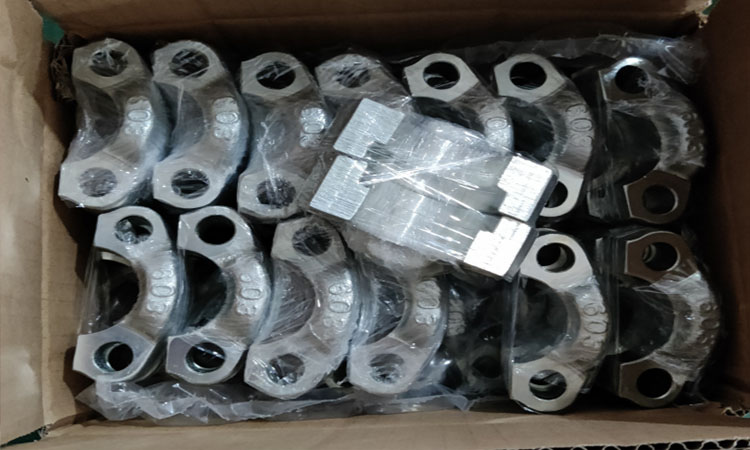
BOP control system supplier
Sino Mechanical is located in Shengli Oilfield, the second largest oilfield in China. It has decades of experience in supplying drilling equipment and is a professional blowout preventer control system supplier.

